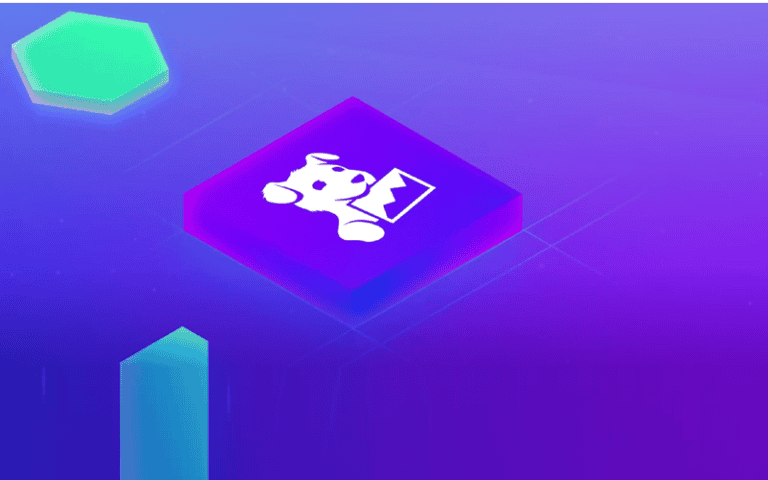It’s AWS re: Invent 2024, so the newswires are alight with AWS partners all aiming to tell us how and why their platform (every codebase is now a platform, right?), products and toolsets are well aligned to work within the AWS cloudscape. Among those making positive growling noises is Datadog, the cloud applications monitoring and security specialist. With AWS having an extensive cloud monitoring portfolio of its own, the most logical move for Datadog is “continued investment” and alignment to the AWS monitoring monolith, which is what the firm has done.
Datadog assures us that it hasn’t just snuggled up closer with a few superficial tweaks and cosmetic branding touches, there is monitoring architecture alignments here designed to cover every aspect of the modern technology stack including AI/ML applications as well as serverless and containerised environments.
Who uses Datadog?
But don’t AWS cloud customers use AWS cloud monitoring services? Yes, some do and some don’t, which is why specialist players such as Datadog exist in the first place and – if you talk to users on the show floor at events like AWS re: Invent it’s sometimes down to price, but it’s very often not because it comes down to functionality and flexibility – organisations including Maersk, Cash App, Sweetgreen, The PlayStation Network and Twilio use Datadog to monitor AWS services through over 100 distinct and dedicated integrations with Datadog.
“We continue to see companies rely on Datadog for enterprise-scale observability at an accelerated rate,” said Yanbing Li, chief product officer at Datadog. “Trends like AI/ML, cloud migration, serverless and containers – and the need to monitor and optimise resources for all these areas – have helped to accelerate this growth as companies search to better understand their LLM usage, infrastructure performance and cloud costs.”
Datadog now offers over 100 AWS service integrations, including those for AI/ML services. AWS Trainium and AWS Inferentia ML chip monitoring is there to help users optimise model performance and resource efficiency, prevent service interruptions, and scale their infrastructure as ML workloads grow.
Key Amazon data-developer tools
Amazon Q is designed to help developers query and interact with Datadog directly in the AWS Management Console, using natural language. Amazon Bedrock is designed to to allow teams to monitor their AI models’ foundation model usage, API performance and error rate with runtime metrics and logs. Amazon SageMaker works to allow data scientists and engineers to collect, visualize and alert on Amazon SageMaker metrics so they can flag issues quickly and identify opportunities to improve the performance of ML endpoints and jobs.
To be clear, companies are using these key AWS tools, but where they are Datadog customers they are doing so via Datadog integrations. By performing activities such as stress testing, users are examining how they can balance their traffic loads and use the total monitoring environment that they get when they combine both firms’ technologies through the integrations on offer here.
But let’s ask the question directly, why would AWS customers use Datadog when they have access to monitoring and observability tools direct from the AWS motherlode?
“Very often, it’s because customers are operating a hybrid cloud environment with a multi-cloud [more than one hyperscaler] approach and they want to get a single pane of glass observability tool that will enable them to see clearly into their distributed heterogeneous computing environments. Plus, really, it’s because this is what we do and we’re really good at it and enterprise organisations know that,” said Li, speaking to Techzine directly at AWS re: Invent this week. “Our specialisation enables our product to be really efficient and capable of working both upstream (on the code development surface to serve programmer needs) and downstream as well (on aspects of the software lifecycle such as security and wider management) and organisations know we have that scope, which is why we’re a strategic partner with AWS today. We’re all about observability from an end-to-end perspective… all the way from code creation to live production deployment.”
Monitoring response quality
“The Datadog LLM 0bservability solution helps our team understand, debug and evaluate the usage and performance of our generative AI applications. With it, we are able to address real-world issues, including monitoring response quality to prevent negative interactions and performance degradations, while ensuring we are providing our end users with positive experiences,” said Kyle Triplett, VP of product at AppFolio, a California-based company that works in automated real estate management.
Marcel Drechsler, senior cloud Solutions engineer at Latvian digital commercial insurance company adds to these comments by explaining how his firm has been on Amazon Web Services since day one and its infrastructure is based on microservices which are running on Amazon EKS. To monitor the company’s cloud and data services resource consumption, it is using the container monitoring tools of Datadog.
AWS’ best friend?
Not to overuse the dog analogies, but the relationship here between AWS and Datadog appears to be a man’s best friend scenario.
Okay, so that was one doggie analogy too far, but still, some firms try and nestle up to the AWS cloud megalith and attempt to grab whatever share of voice they can (spoiler alert, some companies will even turn up in Las Vegas for the week and not engage in formalised stand/booth space, but simply look to try and grab meetings with prospects and other attendees where they can), but this appears to be a more genuine and altogether integrated relationship.
